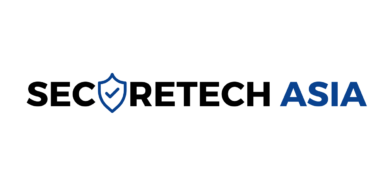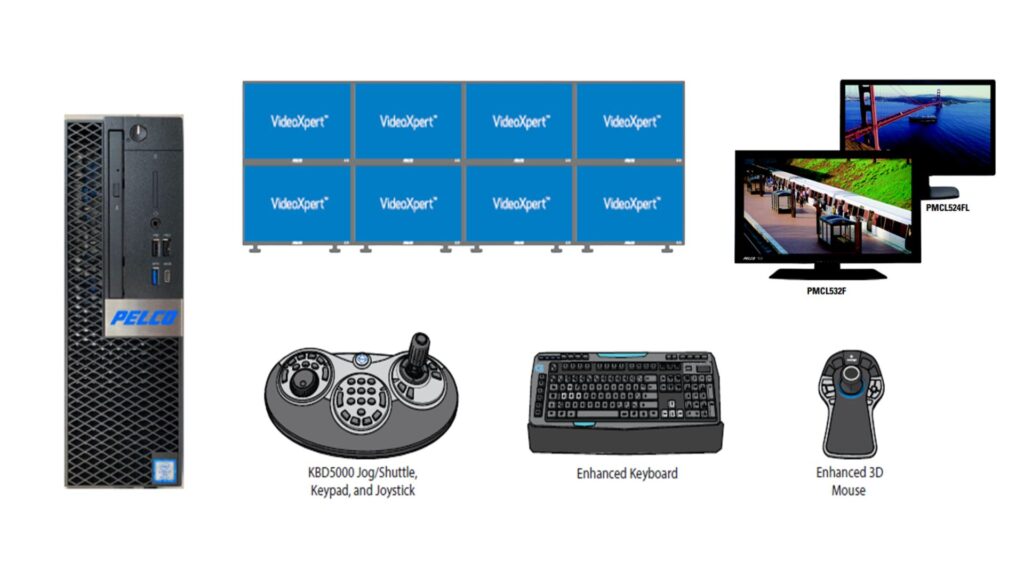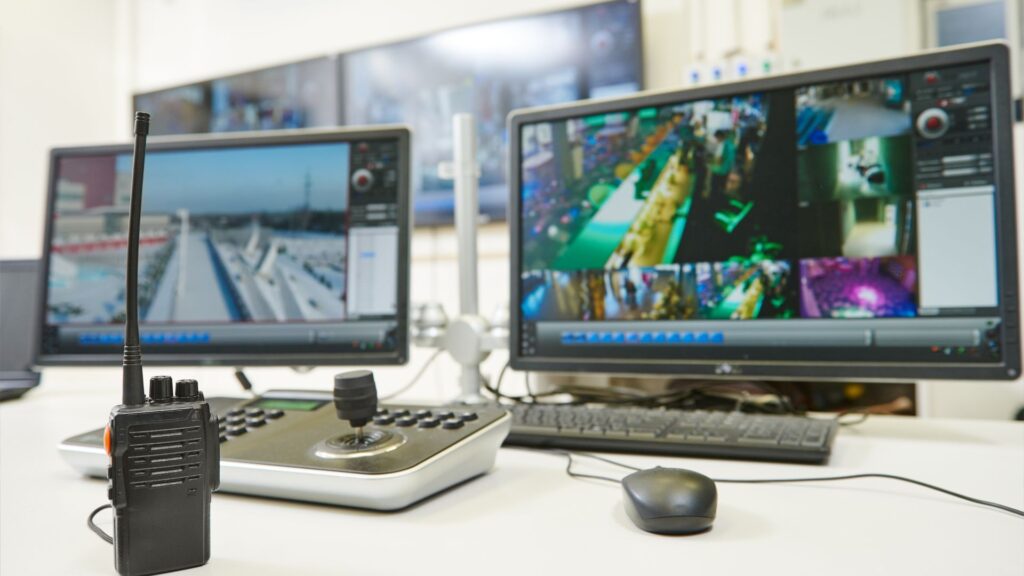ONVIF is an open industry forum that was founded in 2008 with a clear mission: to develop standards for the interface of IP-based physical security products. These standards facilitate interoperability between different manufacturers’ devices, such as IP cameras, video management systems (VMS), and other network video devices.
ONVIF compatibility refers to the adherence of devices and software to certain standards, ensuring they can work together regardless of the manufacturer. But what exactly is ONVIF, and why does it matter? Let’s delve deeper into this essential aspect of modern security infrastructure.
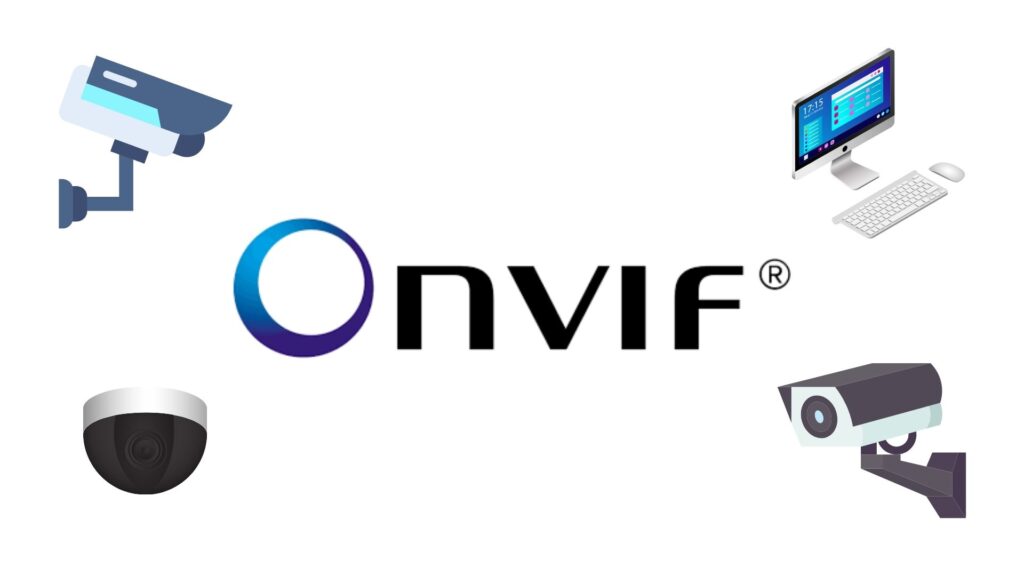
Understanding ONVIF
In the realm of security systems, interoperability is paramount. The ability of different devices and software to communicate seamlessly ensures that surveillance systems operate efficiently and effectively. One significant advancement in achieving this interoperability is the development of ONVIF (Open Network Video Interface Forum) standards.
The primary goal of ONVIF is to create a standardized interface for effective communication between various components of a security system. By doing so, it eliminates the barriers that previously existed due to proprietary protocols, allowing for greater flexibility and choice for end-users.
Key Features of ONVIF Compatibility
ONVIF compliance encompasses several key components:
Device Discovery
ONVIF-compliant devices support automatic discovery on the network, simplifying the setup process. This feature enables VMS or NVR (Network Video Recorder) software to detect compatible devices without manual configuration, saving time and effort during system deployment.
Video Streaming
ONVIF defines protocols for streaming video, ensuring interoperability between cameras and recording devices. This includes specifications for encoding formats, resolutions, frame rates, and other parameters, allowing for seamless video transmission across different platforms.
PTZ Control
Pan-Tilt-Zoom (PTZ) functionality is a crucial aspect of many surveillance systems. ONVIF-compliant devices support standardized commands for PTZ control, enabling users to remotely manipulate camera movement and zoom functions through compatible software interfaces.
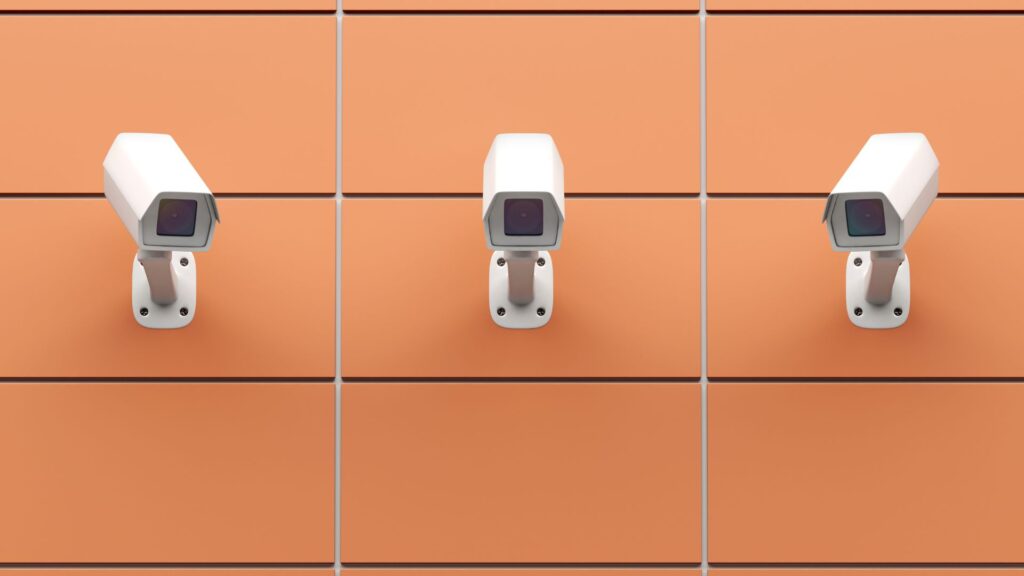
Event Handling
ONVIF specifications include provisions for event handling, such as motion detection, tampering alerts, and device status notifications. This ensures that VMS software can receive and respond to events generated by ONVIF-compliant devices, enhancing situational awareness and security management capabilities.
Profile Conformance
ONVIF profiles define sets of features and functionalities tailored to specific use cases, such as video streaming, access control, and physical access control. Devices and software can be certified to conform to these profiles, guaranteeing interoperability within defined application scenarios.
Get the Right Team
As the security industry continues to evolve, ONVIF remains at the forefront of standardization efforts, driving innovation and facilitating the development of open, interoperable solutions. Embracing ONVIF compatibility is essential for organizations seeking to build robust and future-proof security infrastructures that meet their evolving needs.
Talk to the expert engineers and technicians at Vivo Asia for the seamless design, installation and integration of your security cameras.
